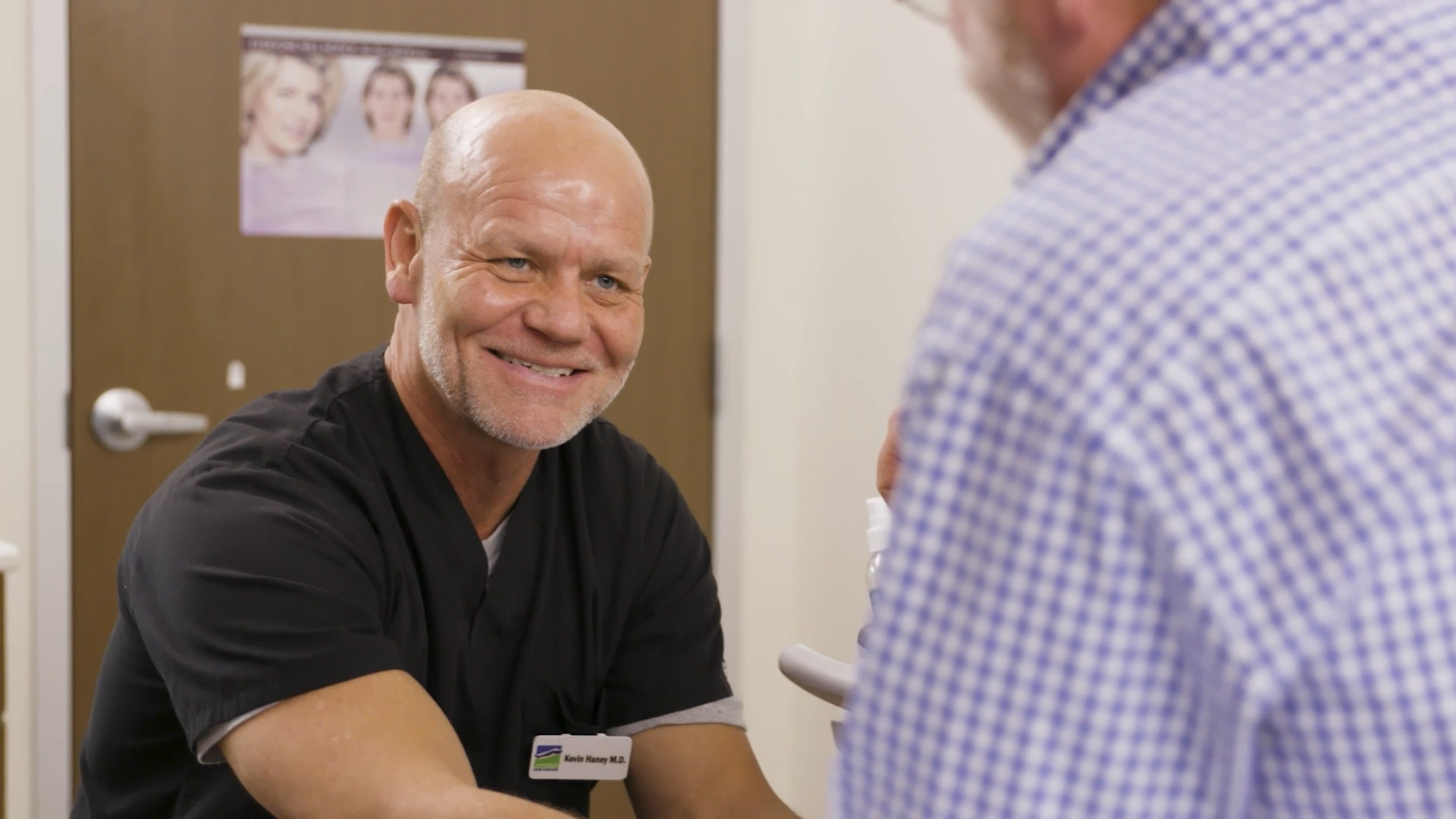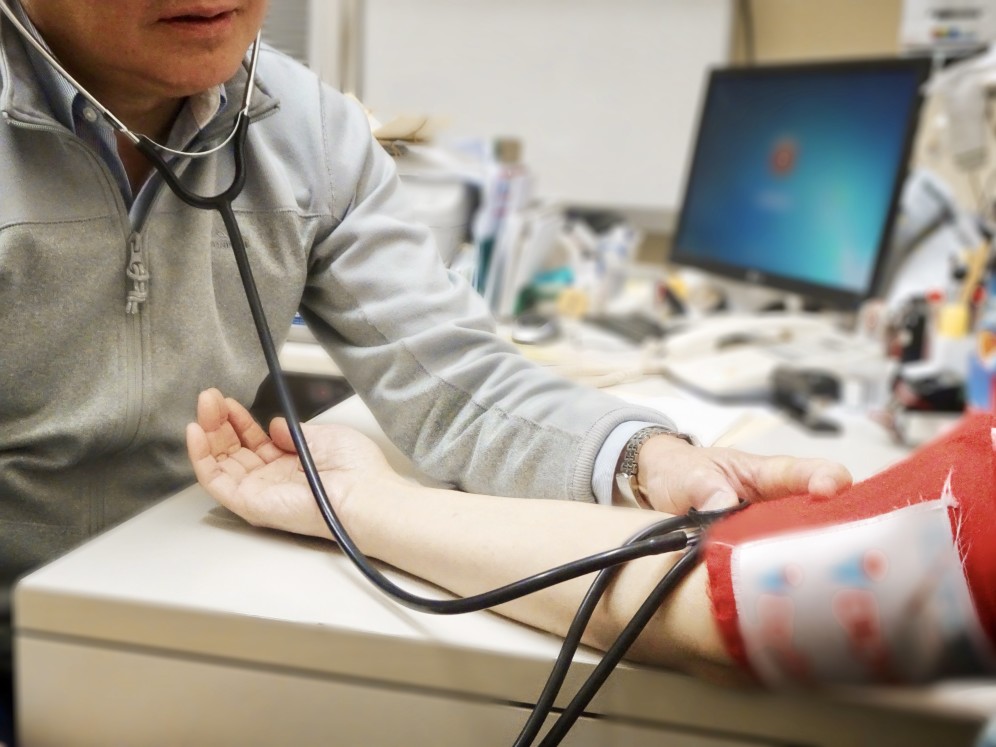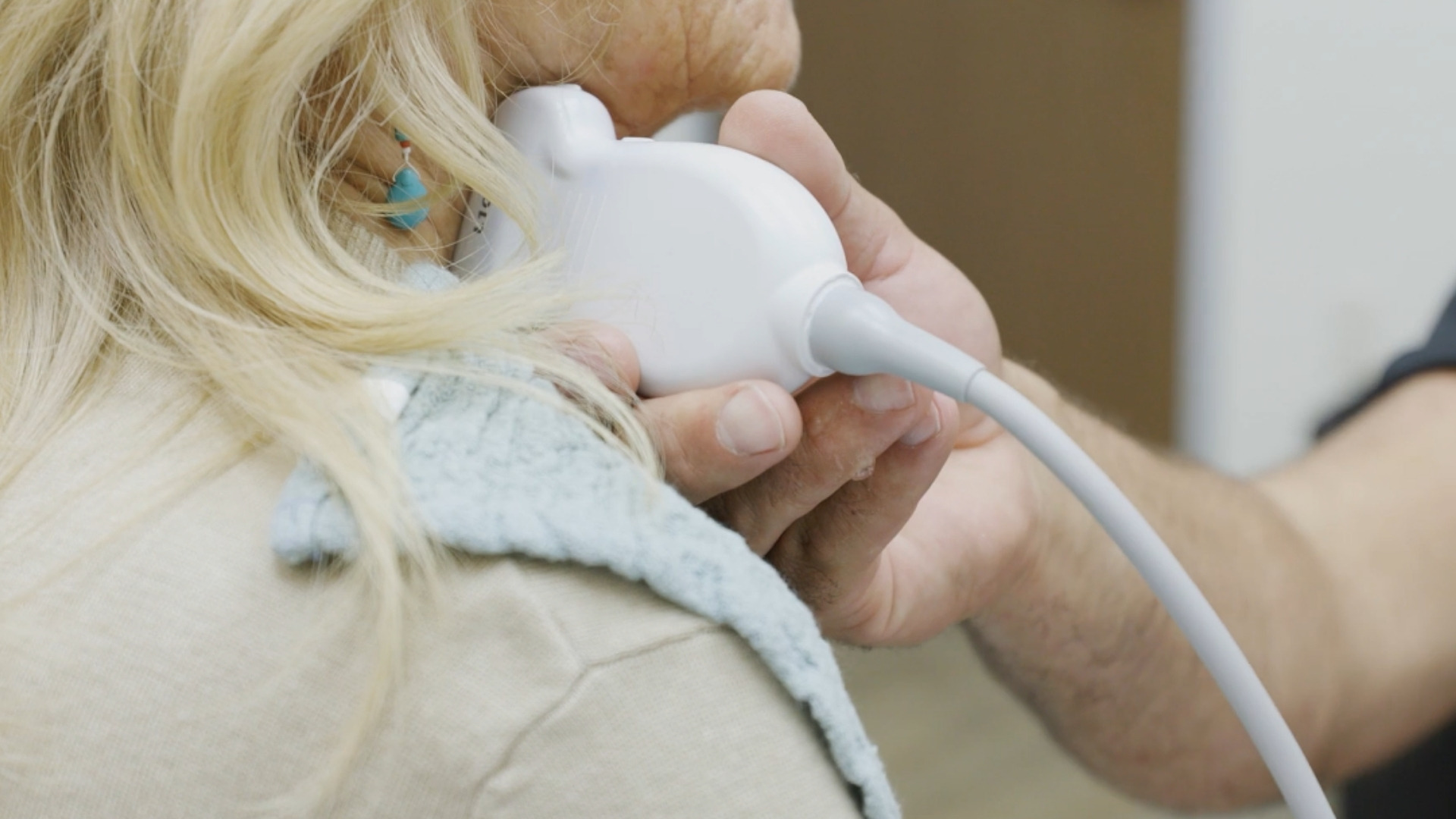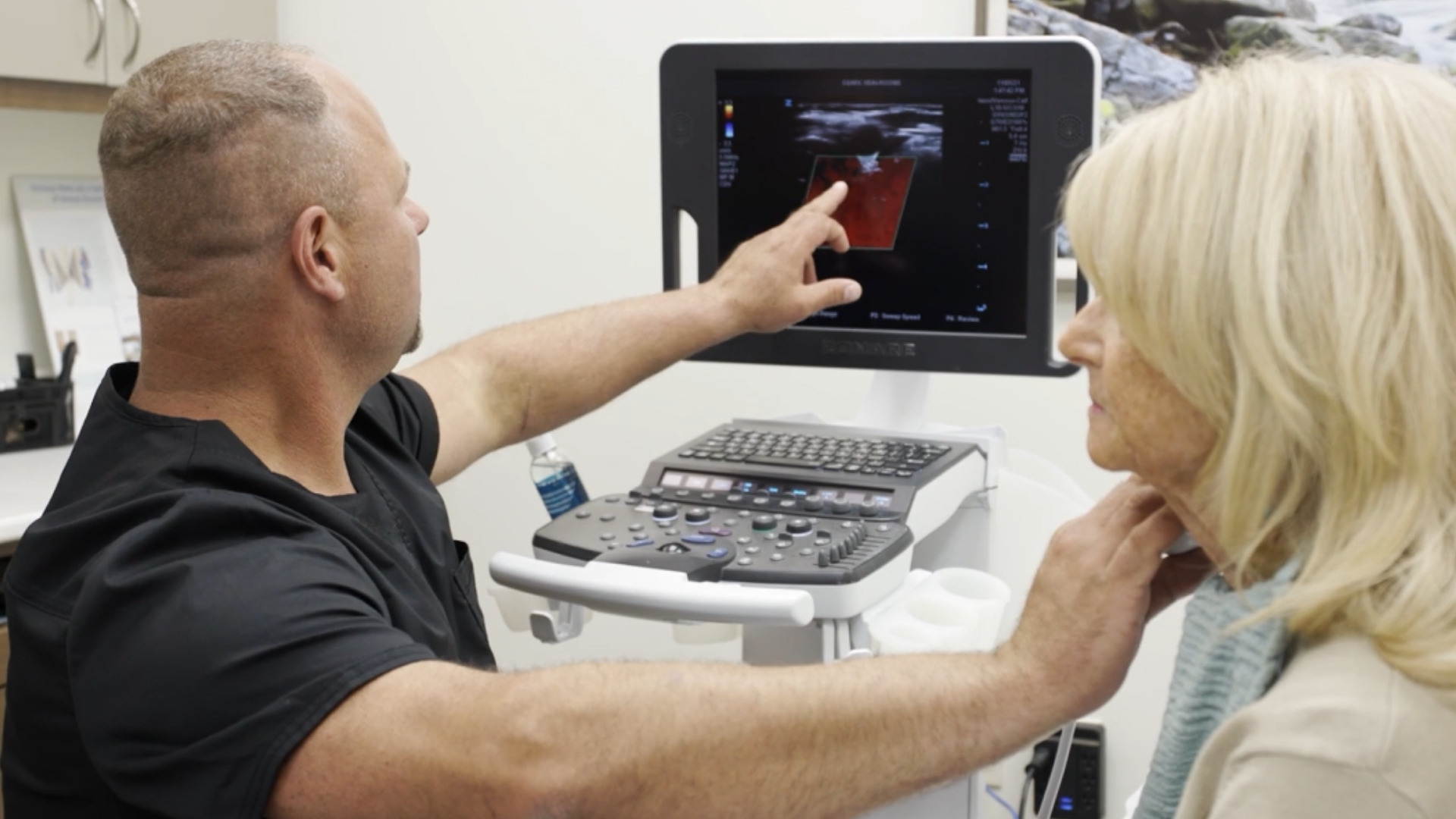Lots of patients want to know more about aneurysms, and we don’t blame them. What causes an aneurysm? How do I get treatment? Are there things I can do to protect myself? All these questions are important, especially since aneurysms can be an incredibly scary subject that isn’t well understood.
That’s why we’ve taken some time to compile a list of aneurysm FAQs to better educate our patients on vascular health. Our experts have comprehensive experience when it comes to how to treat aneurysms.
Welcome to the Ozark Regional Vein & Artery Center’s thorough breakdown of all things aneurysms.
If you have any questions you don’t see answered in this blog, please contact us for more information!
What causes an aneurysm?
Your arteries are large blood vessels that carry oxygenated blood from your heart to other body parts. If an area in an artery wall weakens, the force of blood pumping through can result in a bulge or aneurysm. That’s what an aneurysm is: a weak or expanded part of an artery, like a bulge in a balloon.
Aneurysms usually aren’t painful. You might not know you have one unless it ruptures or bursts. If it does, it can be very dangerous or even fatal.
What are the different types of aneurysms?
An aneurysm can form in any of the arteries in your body. Aneurysms can occur in your heart, abdomen, brain, or legs. The location determines the type of aneurysm.
Aortic aneurysms are by far the most common. They form in your aorta, your body’s largest artery, which carries blood out of your heart. Aneurysms that develop in arteries other than your aorta are called peripheral aneurysms.
Types of aneurysms include:
- Abdominal aortic aneurysm (AAA): Abdominal aortic aneurysms may form where your aorta carries blood into your abdomen (belly).
- Cerebral aneurysms: Also called brain aneurysms, these aneurysms affect an artery in your brain.
- Thoracic aortic aneurysm (TAA): These aneurysms are less common than AAAs. Thoracic aortic aneurysms form in the upper part of your aorta, in your chest.
- Carotid aneurysm: Carotid artery aneurysms form in your carotid arteries. These blood vessels bring blood to your brain, neck, and face. Carotid aneurysms are rare.
- Popliteal aneurysm: These develop in the artery that runs behind your knees.
- Mesenteric artery aneurysm (MAA): This type of aneurysm forms in the artery that brings blood to your intestine.
- Splenic artery aneurysm (SAA): These aneurysms develop in an artery in your spleen.
How common are aneurysms?
Unruptured brain aneurysms affect 2-5% of healthy people, and about 25% have multiple aneurysms. Most brain aneurysms develop in adulthood—but they can also occur in children—with the average age of detection being around 50. The vast majority of brain aneurysms don’t rupture.

Aortic aneurysms become more prevalent with age. Abdominal aortic aneurysms are four to six times more common in men than women. They affect only about 1% of men aged 55-64. But the incidence increases by 2% to 4% with every decade.
Who is at risk for an aneurysm?
Different types of aneurysms affect different groups. Brain aneurysms affect women more than men. Aortic aneurysms, on the other hand, more often affect men.
Abdominal aortic aneurysms occur most often in people who are:
- Male
- Over the age of 60
- Smokers
- White, although they affect people of any race
What causes an aneurysm?
In some cases, people are born with aneurysms. They can also develop at any point during your life due to arterial disease. Although the cause of an aneurysm is often unknown, some possible causes include:
- Atherosclerosis (narrowing of the arteries)
- Family history of aneurysms
- High blood pressure
- Injury to your aorta
What are the symptoms of an aneurysm?
In many cases, people don’t know they have an aneurysm. If an aneurysm ruptures, it’s a medical emergency that requires immediate treatment. Call 911 if you or someone you’re with shows signs of a ruptured aneurysm.

Symptoms of a ruptured aneurysm come on suddenly. You may feel:
- Lightheaded
- Rapid heartbeat
- Sudden, severe pain in your head, chest, abdomen, or back
- Sudden loss of consciousness following a severe headache
When an aneurysm causes symptoms, the signs depend on its location. You might notice signs of shock, such as a drop in blood pressure, feeling clammy and “out of it,” and having a pounding heart.
Other symptoms of an aneurysm can include:
- Confusion or dizziness
- Fatigue
- Headache
- Nausea or vomiting
- Pain in your abdomen, chest, or back
- Pulsating abdominal mass or swelling in your neck.
- Rapid heart rate
- Vision changes
What are the complications of an aneurysm?
If an aneurysm bursts, it causes internal bleeding. Depending on the location of the aneurysm, a rupture can be very dangerous or life-threatening. An aneurysm in your neck can cause a blood clot that travels to your brain. If the clot cuts off blood flow to your brain, it causes a stroke.
Typically, people have “the worst headache of their life” and then develop other symptoms like limb weakness, headache, and trouble speaking.
How is an aneurysm diagnosed?
Many aneurysms develop without causing symptoms. Your healthcare provider may discover it by accident during a routine checkup or other screening.

If you have symptoms that may indicate an aneurysm, your provider will recommend imaging tests. Imaging tests that can find and help diagnose an aneurysm include:
Experts In More Than Just Aneurysm FAQs
The Ozark Regional Vein & Artery Center is the premier practice in Northwest Arkansas for all the highest-quality aneurysm care services available.
Patients come to Dr. Haney, Dr. Stout, and the expert staff from all over Northernwestern Arkansas, from Fayetteville to Bentonville, to ensure they receive the best concierge-level care and leg vein procedures available.
Our ever-expanding areas of expertise and commitment to patient education help us to achieve meaningful results for our patients each and every time.
Lead the charge on your vascular care with our Virtual Vein Screening Tool or by scheduling a consultation.

